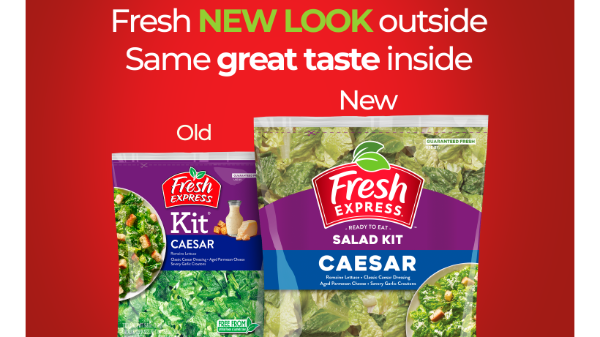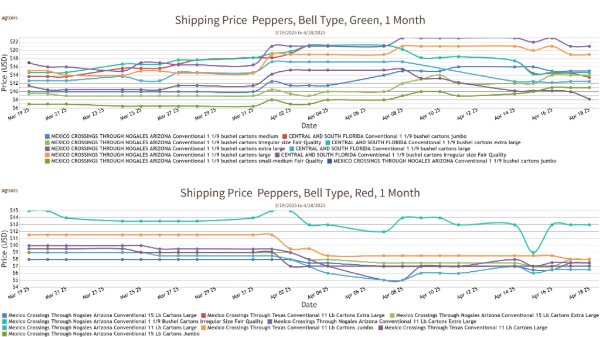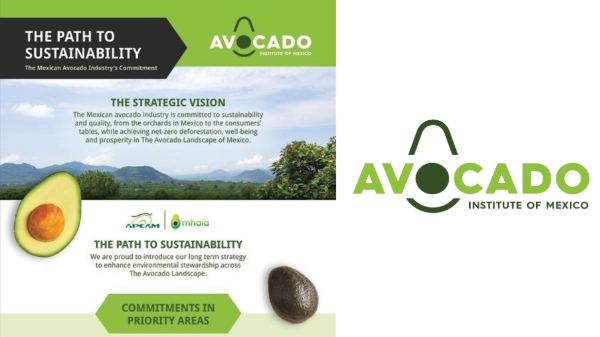Welcome to Blue Book!
Are you ready to join the thousands of companies who rely on Blue Book to drive smarter decisions? View our plans and get started today!
Still have questions? We’d love to show you what Blue Book can do for you. Drop us a line– we’ve been waiting for you.

Imagine this: produce arrives at the packing shed, processor, or distribution center with a detailed postharvest digital data stream. The stream includes who picked it and when, field and soil conditions since planting, product temperature and moisture levels, and other data. Software then analyzes the data, predicting shelf life and food safety concerns. Armed with this information, an employee selects a combination of active or intelligent packaging to maximize shelf life and manage safety risks, while also weighing the sustainability of packaging material and likely economic returns in the supply chain.
Sound far-fetched? This kind of “decision support system” is envisioned by Kit Yam, professor of Food Packaging and Engineering at Rutgers University. Although Yam acknowledges it is “conceptual in nature,” he believes packaging will play a bigger role in the future of food safety.
Mapping Progress
“When you place fresh produce inside a container and seal it,” notes Jeffrey Brandenburg of the JSB Group, LLC, a global consulting firm in Greenfield, MA, “it’s going to begin to consume oxygen and give off carbon dioxide.”
Controlling this natural respiration process is key to freshness, and advances in modified atmosphere packaging (MAP) are having a profound impact. Although MAP technology has been around for years, new materials are helping to better control respiration to maintain freshness, prolong shelf life, and reduce spoilage. Menlo Park, CA-based Landec Corporation’s proprietary BreatheWay product, for example, responds to temperature fluctuations by increasing permeability up to 1.8 times greater at 50°F than 32°F. This “smart membrane” extends shelf life by adapting to the increased rate of respiration as temperatures rise.
Layering MAP applications can also help improve shelf life. Work at the University of Florida resulted in an option for wrapping pallets of strawberries, already in MAP containers, with another layer of MAP to help adjust permeability levels for temperature shifts during transit.
In addition to MAP advances are ‘active packaging’ options, which involve modifying interactions between the produce, package, and package environment to extend shelf life.
“Specific additives called active compounds are being added within the packaging material or within the package,” notes Eva Almenar, associate professor at Michigan State University’s School of Packaging. The active compounds can be inside the package itself, via the label, a sachet, or pouch, or blended into polymers. “The goal is to add these active compounds to interact with the airspace of the package containing the produce, or with the produce physically, to extend shelf life,” she explains.
Sulfur dioxide pads, long used by table grape shippers, are an example of an early active packaging technology. Ethylene pads, which can help lengthen shelf life, are also available and in use with various fruits.








